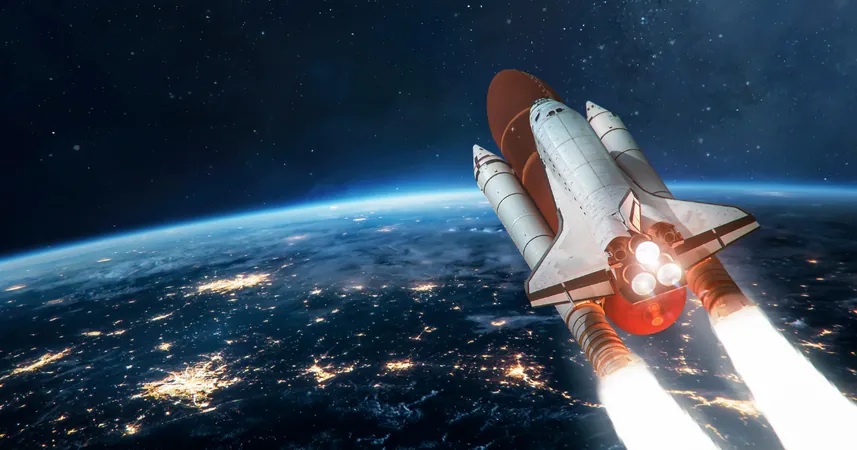
Unlocking the Secrets of Space Software: Lessons from NASA's Pioneering Development
2025-04-17
Author: Noah
A Journey through Time: The Evolution of Space Software Development
Software development has undergone a seismic shift since the dawn of the Space Shuttle era, as highlighted by Darrel Raines during his insightful talk at NDC Tech Town. However, he emphasizes that the core principles of software engineering have remained surprisingly stable through the years.
The Power of Advanced Tools
With modern compilers that are faster and more robust, and integrated debuggers that simplify error detection, the landscape has drastically improved. Raines pointed out the emergence of specialized analysis tools like static code analyzers and unit test frameworks that empower developers to maintain high-quality standards.
The Timeless Art of Code Reviews
Despite all advancements, Raines asserts that one of the most effective ways to catch software issues is still through thorough code reviews by seasoned engineers. Some defects linger undetected until the right conditions unleash them, making diverse testing methods crucial for uncovering bugs before mission-critical flights.
The Rigorous Reality of Space Software
One critical distinction in Raines' work: debugging software in space is a challenge he likens to a high-stakes game. Once the software is deployed, fixing it remotely is nearly impossible. Hence, meticulous testing and ground operations can be the lifelines for astronauts on missions.
Collaboration: Bridging Earth and Space
Raines also highlighted the dynamic interaction between software developers and astronauts, discussing how they refine software requirements based on the astronauts' workload and capabilities. This collaboration ensures that software can autonomously navigate unexpected problems during flight.
Overcoming Hardware Limitations with Efficiency
Interestingly, the hardware technologies used in space often lag behind consumer tech. Raines explained that this necessitates writing extremely efficient software to cope with limited CPU power and bandwidth restrictions on onboard networks.
Choosing the Right Programming Language
The language choice for spacecraft software is pivotal; C/C++ is the most widely used for its efficiency, thanks to its well-understood frameworks and modern compilers. Other languages like Fortran and Ada have also made their mark in specific missions, revealing the nuanced considerations that go into simulating the cosmos.
Testing: The Unseen Guardian of Space Missions
Raines elaborated on the rigorous layers of testing required for space software, encompassing unit tests, unit integration tests, full integration testing, and formal verification. Each testing phase is designed to catch different types of bugs—a necessity when failures can mean mission termination or, worse, endanger crew lives.
The Weight of Responsibility in Space Software Development
Ultimately, the stakes are extraordinarily high in spacecraft software engineering. Raines emphasized the heavy burden of ensuring flawless code and the relentless pursuit of improvements, as even minor failures could have catastrophic consequences for astronauts.
Innovation Amidst Tradition
In a closing reflection, Raines stated that though he’s open to new technologies, he believes that monumental changes often occur gradually. The established principles of software development remain vital, even as tools evolve to enhance efficiency. This balance between innovation and tradition defines the ongoing journey of space software development.
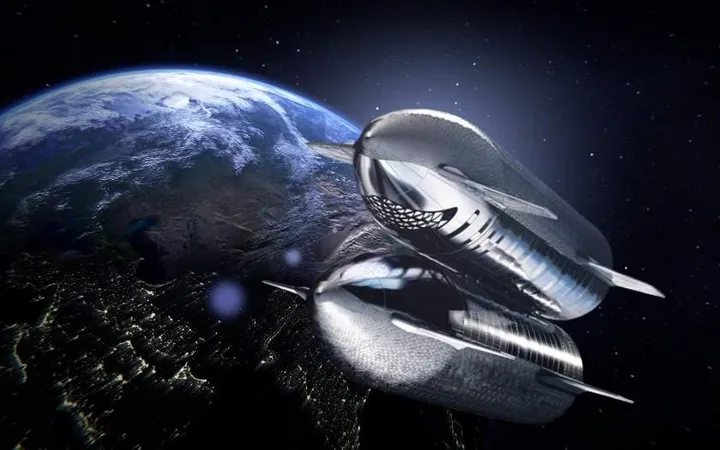
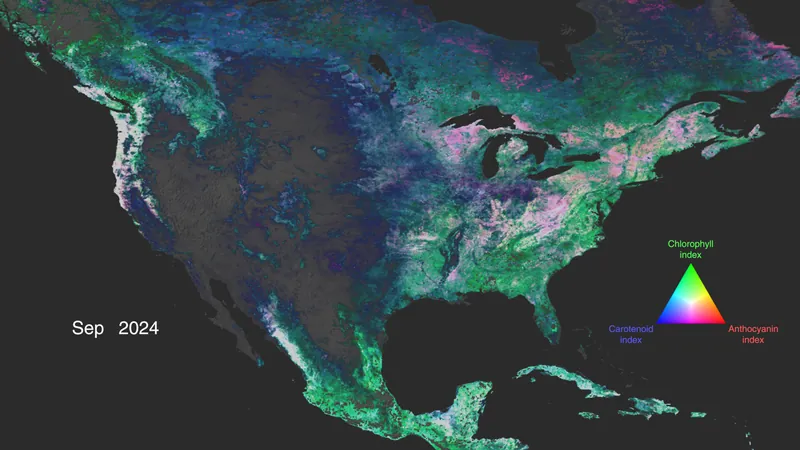

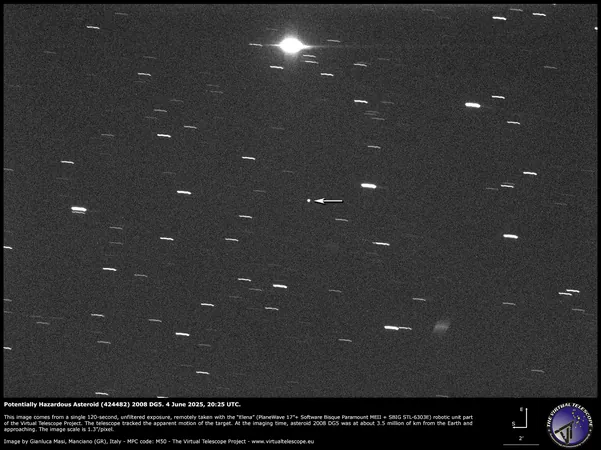



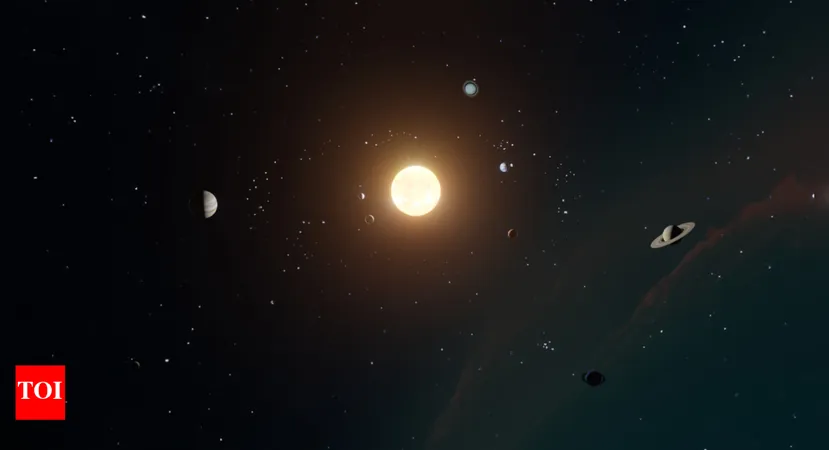

 Brasil (PT)
Brasil (PT)
 Canada (EN)
Canada (EN)
 Chile (ES)
Chile (ES)
 Česko (CS)
Česko (CS)
 대한민국 (KO)
대한민국 (KO)
 España (ES)
España (ES)
 France (FR)
France (FR)
 Hong Kong (EN)
Hong Kong (EN)
 Italia (IT)
Italia (IT)
 日本 (JA)
日本 (JA)
 Magyarország (HU)
Magyarország (HU)
 Norge (NO)
Norge (NO)
 Polska (PL)
Polska (PL)
 Schweiz (DE)
Schweiz (DE)
 Singapore (EN)
Singapore (EN)
 Sverige (SV)
Sverige (SV)
 Suomi (FI)
Suomi (FI)
 Türkiye (TR)
Türkiye (TR)
 الإمارات العربية المتحدة (AR)
الإمارات العربية المتحدة (AR)